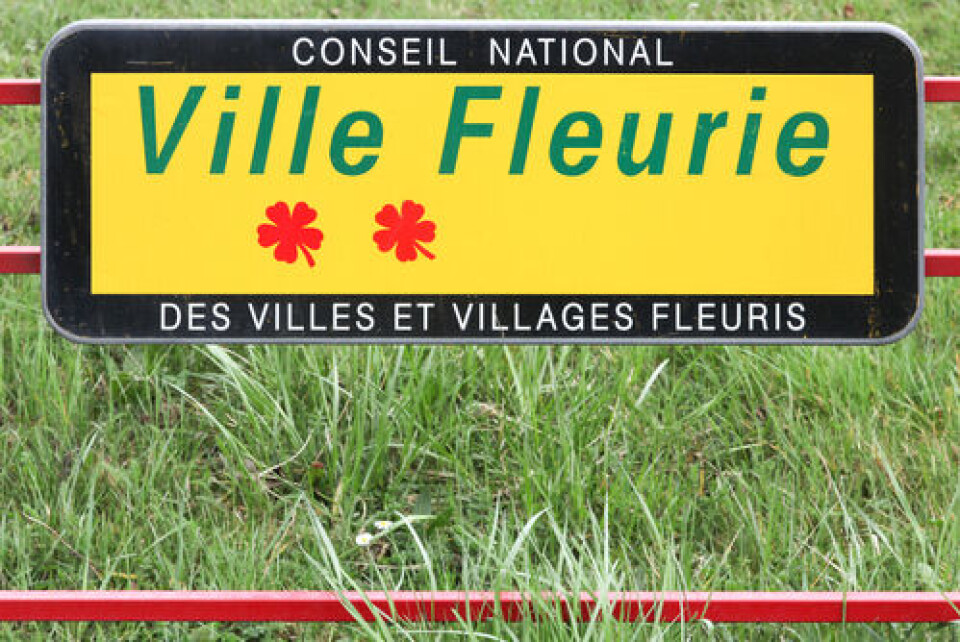-
Veggie burgers and plant-based sausages: French farmers and consumers react to name ruling delay
The EU failed to reach final agreement to draft rules governing plant-based naming
-
Hydroelectric conversions boost demand for historic French watermills
Laws on restoring rivers mean many are now threatened with removal
-
Millions of Perrier bottles blocked in south of France over bacteria concerns
Anomalies found at plant in Gard
What is a ‘ville fleurie’ in France and how is this label attributed?
We take a look at the rules and criteria behind France’s ‘cities and villages in bloom’ competition

Reader question: I just moved to a new town which has a sign saying it is a ville fleurie. What does it mean and how does a town obtain this classification?
Created in 1959, the ‘Villes et Villages Fleuris’ label is designed to encourage towns and villages to dedicate more public space to vegetation.
Towns hoping to obtain the label must register with their department, and the latter will select the best candidates to support in the application process.
A commune can be awarded anywhere between one and four flower symbols.
The first three are attributed by the region, while the fourth is decided by a national council. Today, 4,626 communes have the label, while 277 have the full four flowers.
The 60 or so criteria also include actions taken to preserve biodiversity, related promotion and activities aimed at residents and tourists, and other actions to improve the quality of public spaces, whether street furniture or cleanliness.
Despite the name, the contest does not focus exclusively on flowers.
Other types of vegetation such as trees and shrubs are also taken into consideration, as are other environmental factors such as the protection of the soil.
Specific prizes are also awarded for things such as ‘diversity of vegetation’ and ‘attractiveness to tourists’.
Each year, 2,000 judges travel the country, evaluating and giving advice to participants.
Critics
The contest is not without its critics.
In 2022, the council in Poitiers, which at the time held four flowers, announced its intention to withdraw from consideration.
Local elected officials said they were opting for longer-lasting plants, rather than the flowers necessary for the competition, which require a lot of watering only to be uprooted.
Read more: Green city Poitiers says ‘non’ to French Ville Fleurie competition
The cost and time spent preparing and defending the candidacy were also cited as reasons. Towns must pay between €5 and €1,500 to participate, depending on their size.
Related articles
The simple road sign that means so much to 5,000 communes in France
‘French towns should ditch hanging baskets and learn to love weeds’
Green news France: Nantes’ new ‘living’ bridge, Limoges city potagers
























